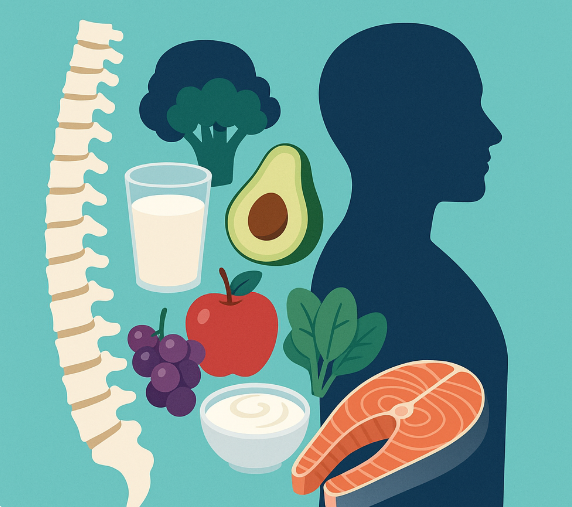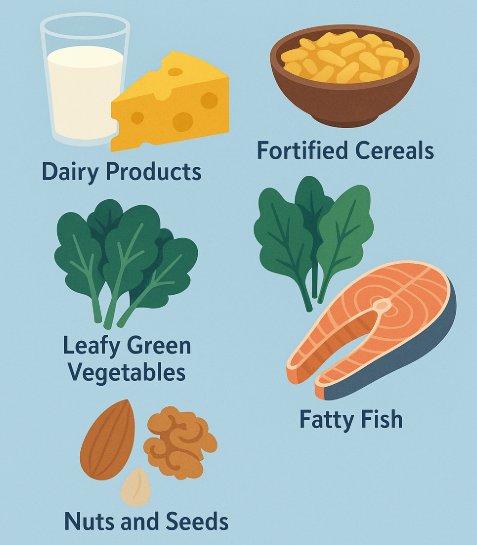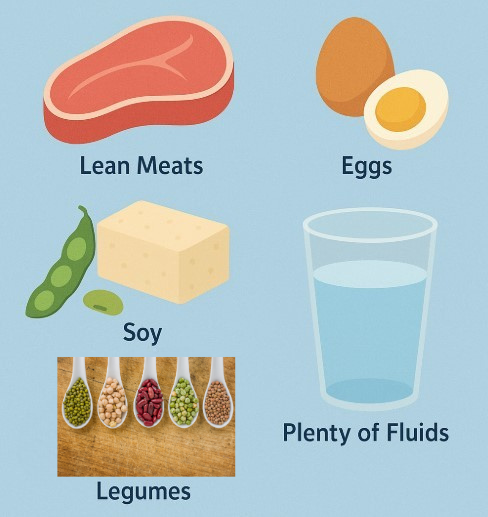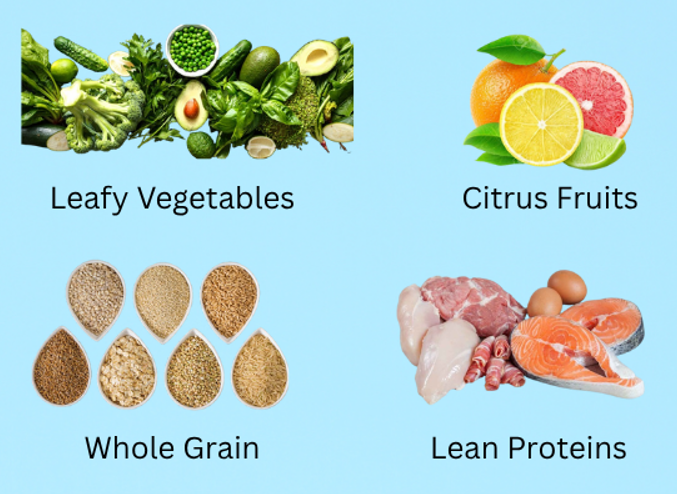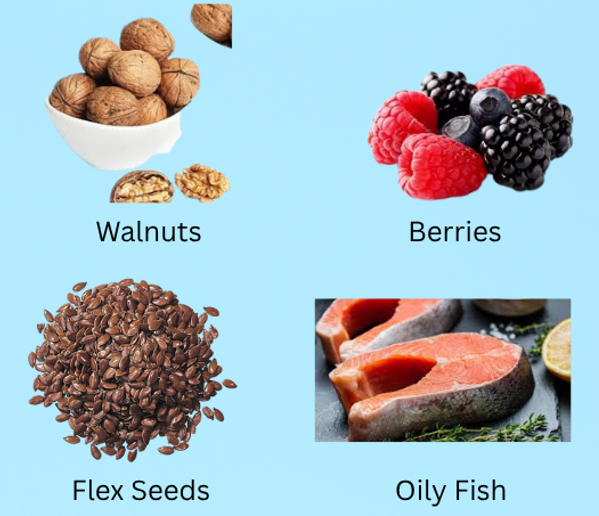Proper nutrition plays a crucial role in maintaining a healthy spine and preventing spinal disorders. The spine is a complex structure composed of bones (vertebrae), intervertebral discs, muscles, ligaments, and nerves—all of which require specific nutrients to function optimally. A balanced diet helps support bone strength, disc integrity, muscle function, and nerve conduction, while also reducing inflammation and aiding in tissue repair.
1) Bone Health and Structural Support:
The vertebrae that form the spine need sufficient levels of calcium and other minerals to maintain their strength and density. Poor bone health can lead to conditions like osteoporosis, increasing the risk of vertebral fractures.
Calcium is the primary mineral found in bones. An inadequate intake can lead to decreased bone mass and increased fragility.
Vitamin D enhances calcium absorption in the intestines and supports bone mineralization.
Magnesium and Phosphorus also contribute to bone strength and structural stability.
Key sources: Dairy products, fortified cereals, leafy green vegetables, fatty fish, nuts, and seeds.
2) Intervertebral Disc Hydration and Integrity:
Intervertebral discs act as cushions between the vertebrae and are composed largely of water and collagen. Proper hydration and protein intake are vital for disc health.
Water is essential for keeping discs hydrated and pliable, which helps them absorb shock and support spinal movement.
Protein, especially collagen-building amino acids, supports the repair and maintenance of spinal discs and connective tissues.
Key sources: Lean meats, legumes, eggs, soy, and plenty of fluids.
3) Muscle and Nerve Function:
The muscles and nerves that support the spine rely on various nutrients for effective function and communication.
B vitamins, particularly B1, B6, and B12, are crucial for maintaining healthy nerve tissue.
Magnesium and potassium support muscle relaxation, prevent cramps, and aid in proper nerve signaling.
Vitamin C plays a role in collagen production, essential for ligaments, tendons, and intervertebral discs.
Key sources: Whole grains, green vegetables, bananas, citrus fruits, and lean proteins.
4) Inflammation Reduction:
Chronic inflammation can damage spinal structures and contribute to conditions such as herniated discs and arthritis.
Omega-3 fatty acids have anti-inflammatory properties that can reduce swelling and pain in joints and soft tissues.
Antioxidants from fruits and vegetables help neutralize free radicals, supporting cellular repair and immune function.
Key sources: Oily fish (like salmon), flaxseeds, walnuts, berries, and dark green vegetables.
5) Weight Management:
Excess body weight places additional stress on the spine, especially the lower back. Proper nutrition aids in maintaining a healthy weight, thereby reducing mechanical stress on spinal joints and discs.
Diets high in fiber, lean protein and healthy fats help regulate appetite and support long-term weight control.
Key strategies: Consume whole foods, avoid refined sugars and processed fats, and maintain portion control.
Conclusion:
Nutrition is a foundational pillar of spinal health. A nutrient-rich diet supports the structural integrity of the spine, reduces inflammation, aids in tissue repair, and maintains a healthy weight. Combined with regular physical activity, proper posture, and adequate hydration, good nutrition can significantly improve spinal resilience and reduce the risk of chronic back pain and spinal disorders.
About Authors
Dr. Muhammad Mahmood Ahmad is a Spinal as well as an Orthopedic Surgeon with over 14 years of experience currently practicing at Razia Saeed Hospital, Multan.

